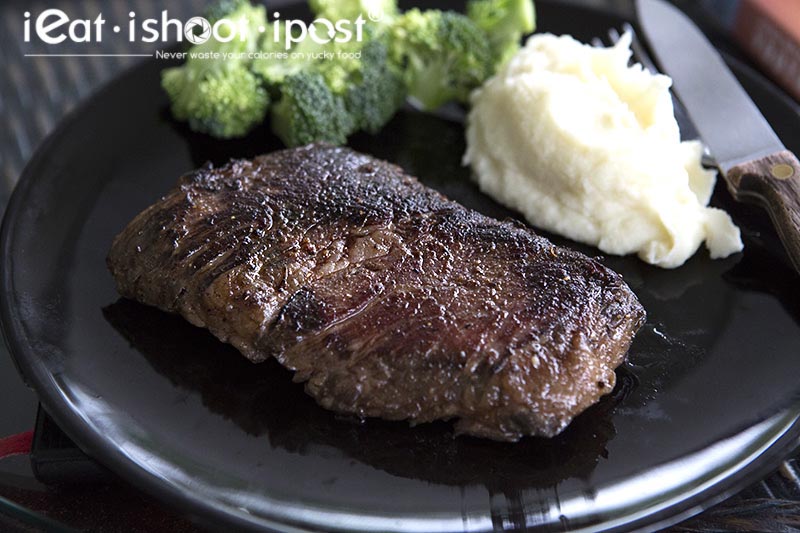
Of late, I have been doing a bit of reading about my favourite meat – beef. Now, I like pork, chicken, lamb and seafood, but beef has a special place in my heart. I remember that as a kid, we always get really excited when mom cooks beef steaks and some of my most memorable experiences was my dates with Rockett Girl at Jack’s Place and Cairnhill Steakhouse.
No other meat is as celebrated as beef. Well, at least no other meat has a whole restaurant set up just to serve it in its most primal form. True, the Japanese have yakitori places where they serve only chicken and I am sure there must be other places where pork is the main star but their status is no where near that of a Steakhouse.
As I began to do more research on beef, I started to feel a sense of restlessness. Well, maybe not restlessness, but a sense that I really haven’t tasted the perfect beef steak yet. I haven’t been as fortunate as Mark Schatzer who managed to travel the world looking for that perfect steak and who subsequently wrote about his quest in his book simply titled STEAK. If you plan to read the book, let me warn you that it will leave you with that same sense of restlessness.
So what can I do since I am unable to get my hands on Angus Mackay’s Highland Beef which Mark proclaimed to be the best Beef Steak in the world? Well, aside from hoping that some Singaporean restauranteur out there is reading this and making plans to visit Scotland soon, I began to look at how I can make a beef steak more beefy.
You see, the problem with beef steak is that its gotta be tender enough so that you can cut a chunk of it, put it in your mouth and be able to chew and swallow it when you feel that it is ready to swallow. For meat to be so tender, it has got to come from the part of the cattle that doesn’t do much exercise which is basically the back of the cow. This is where the ribeye, sirloin and tenderloin comes from. Well and good, but the problem is that the tastiest, most beefy part of the cow comes from muscles that do a lot of exercising. However, the meat from these parts tend to be so tough that you can’t just cut a one inch steak and put it on the grill, cook it to medium rare and expect to be able to eat it. So that is why they are often cooked for a long time to make them more tender. Those of us who like stewed beef cheeks and oxtails know how wonderfully beefy these meats are.
So here is where we think out of the box a little (Somebody else did, I just borrowed his idea). Why don’t we take a piece of tough, but tasty meat and turn it into a juicy steak that is fork tender even when it is cooked medium rare? That would be a great idea because not only will it be cheaper, we can also minimize wastage of meats which might otherwise be just turned into mince. In this age of sustainability and environmental consciousness, it does make sense to make the best use of the entire carcass.
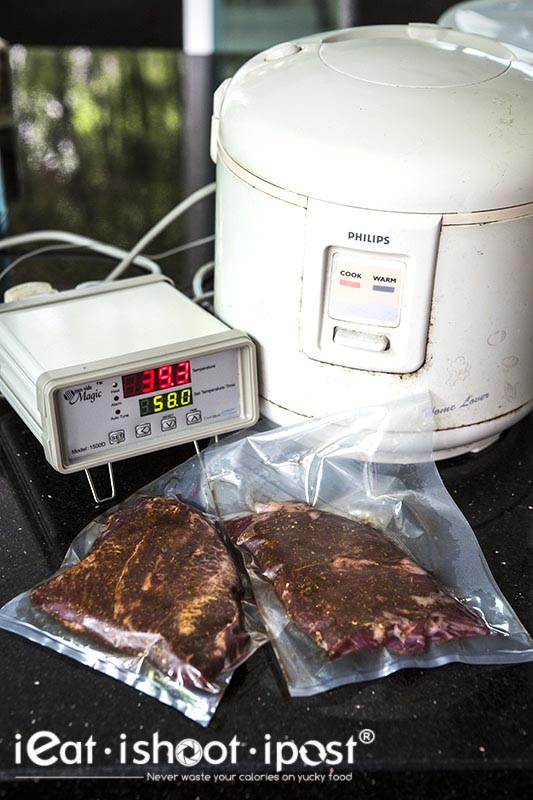
So here is where Sous Vide cooking comes in. Now, I have spoken my mind about what I thought of Sous Vide steaks before and my preference for my steak to be cooked in good old traditional fashion in a 1000 degree C broiler. That is still true if I were to be served a Rib Eye steak. However, of late, my friend, the Food Canon has been raving about his Sous Vide short ribs, so I decided to give it a try since he never invited me to his home to eat it. (Well, he did, but only after I complained…..)
For those of you who don’t know about Sous Vide cooking, you can read about it in more detail in Food Canon’s blog. But essentially, what happens is that you vacuum pack your steak and cook it in a temperature controlled water bath for an extended period of time. With this method, you can control the doneness of the steak by setting an upper limit on the cooking temperature. So for example, if you like your steak medium rare, then you set the temperature of the water bath to between 54 to 58 degrees and it will come out nice and pink. At that temperature, the meat will never turn brown no matter how long you cook it. Rather, the length of time in the water bath will determine its tenderness.
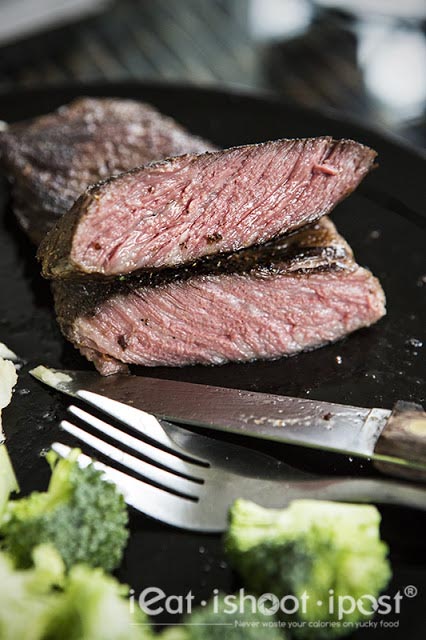
With that in mind, I got hold of some Australian Margaret River Wagyu beef brisket from MMMM meats. This is a cut called “Deckle” which is the part of the brisket just next to the ribs (serratus ventralis). I have always loved stewed beef brisket because this cut is nicely marbled and it is wonderfully beefy. I got them to rub the steaks with a BBQ rub and vacuum pack it in a Sous Vide bag. (This is a free service when you buy meat from them). Then I set my Sous Vide machine to 58 degrees and left it for 36 hours. Once the cooking is done, I just left it in the fridge until it was dinner time then let the meat come to room temperature and seared it in a smoking hot skillet to develop that nice brown crust. The steak was amazingly tender, wonderfully beefy and cost less than half of the Wagyu Ribeye cut and I dare say that it tasted a lot beefier than a lot of steaks I have had in some of the more famous steakhouses!
In case you are still wondering what is so special about this piece of meat that you have to wait 36 hours to eat, well let me reiterate. First, you don’t usually get to eat Beef Brisket medium rare if you employ traditional cooking techniques. It is only when you limit the cooking temperature and prolong the cooking time that you can turn a tough cut like Brisket into something that is still pink that grandma can happily eat. Secondly, you get flavours that you would not otherwise find in your typical steak cuts so that if you served it to your unsuspecting friends, they probably think you have spent a bomb on the meat. And thirdly, it’s a lot cheaper than buying the traditional steak cuts! So, although I still like my Ribeye seared in high heat, I have got to admit that Sous Vide does wonders for secondary cuts like brisket and short ribs!
This post was sponsored by:
MMMM meats is an excellent place to get your quality meats at great prices. They have four retail stores islandwide as well as an Online Store. In this post, I used their Australian Margaret River Wagyu “Deckle” ($4.10/100g) which was great as a Sous Vide Steak. Food Canon had used their Harris Ranch Short Ribs ($3.99/100g) to make excellent burgers without having to mince the meat! MMMM! are one of our sponsors for the Ultimate Hawker Fest and are donating some excellent Wagyu Beef and high quality pork for our hawkers to create the Ultimate version of their dishes! More information about the Ultimate Hawker Fest and where to buy tickets to be announced soon!
Note: It is important to use heat resistant plastic bags as normal plastic bags may leech harmful toxins. You need to buy bags that are specially made for Sous Vide cooking and check with your butcher if he is vacuum packing it for you.




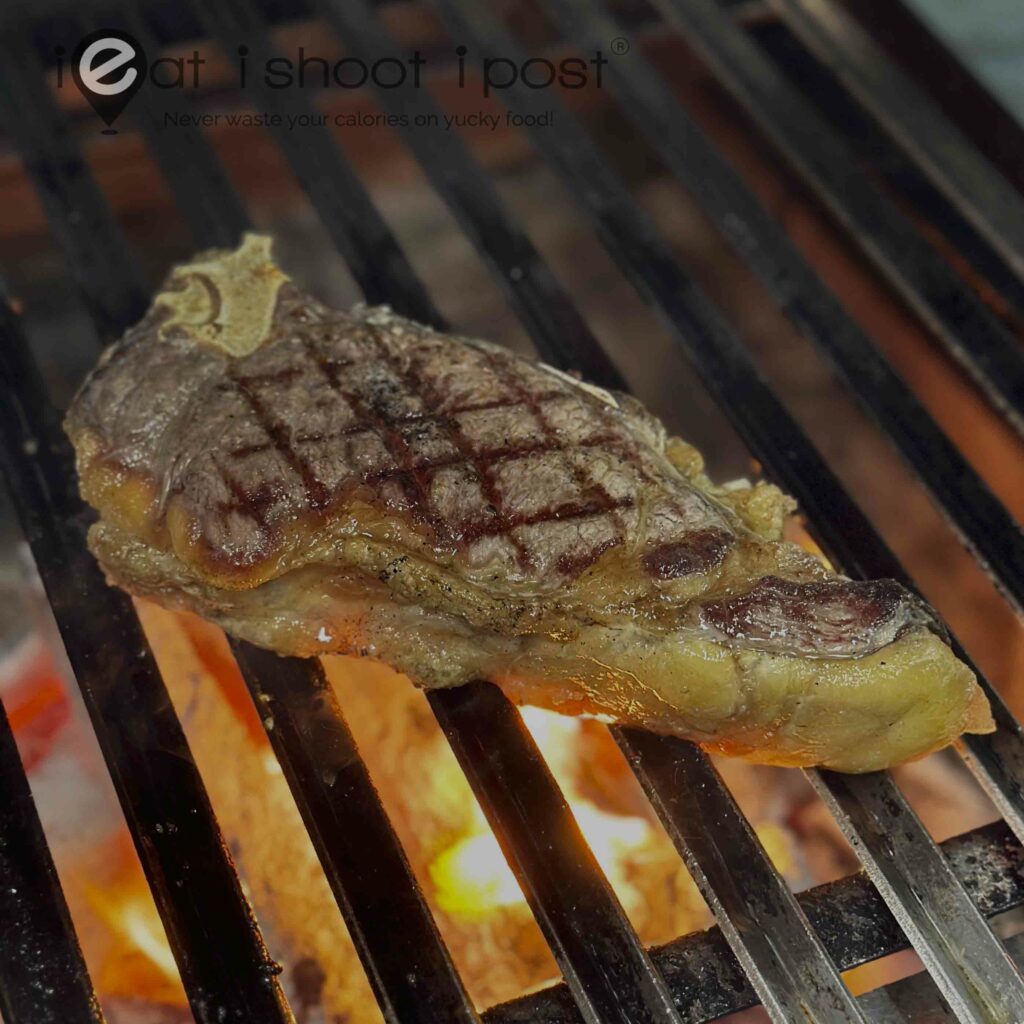
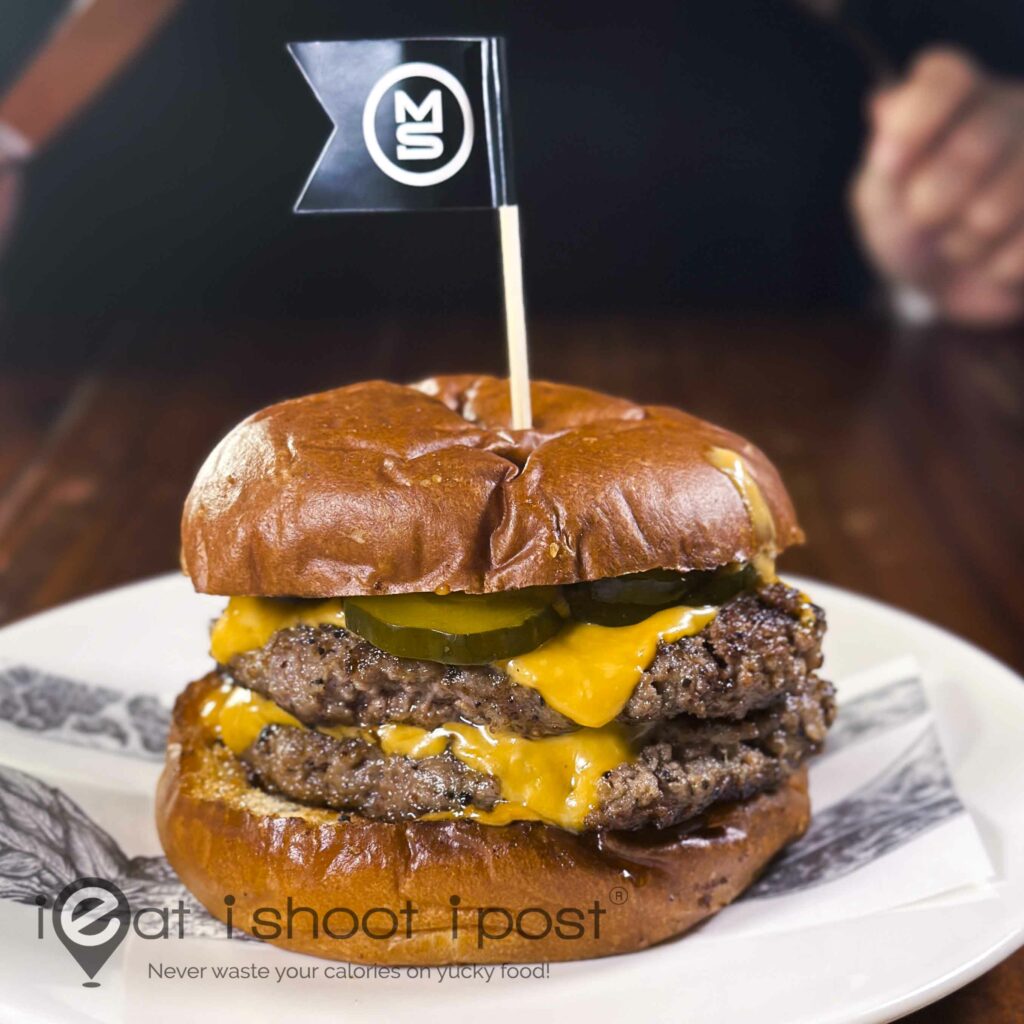
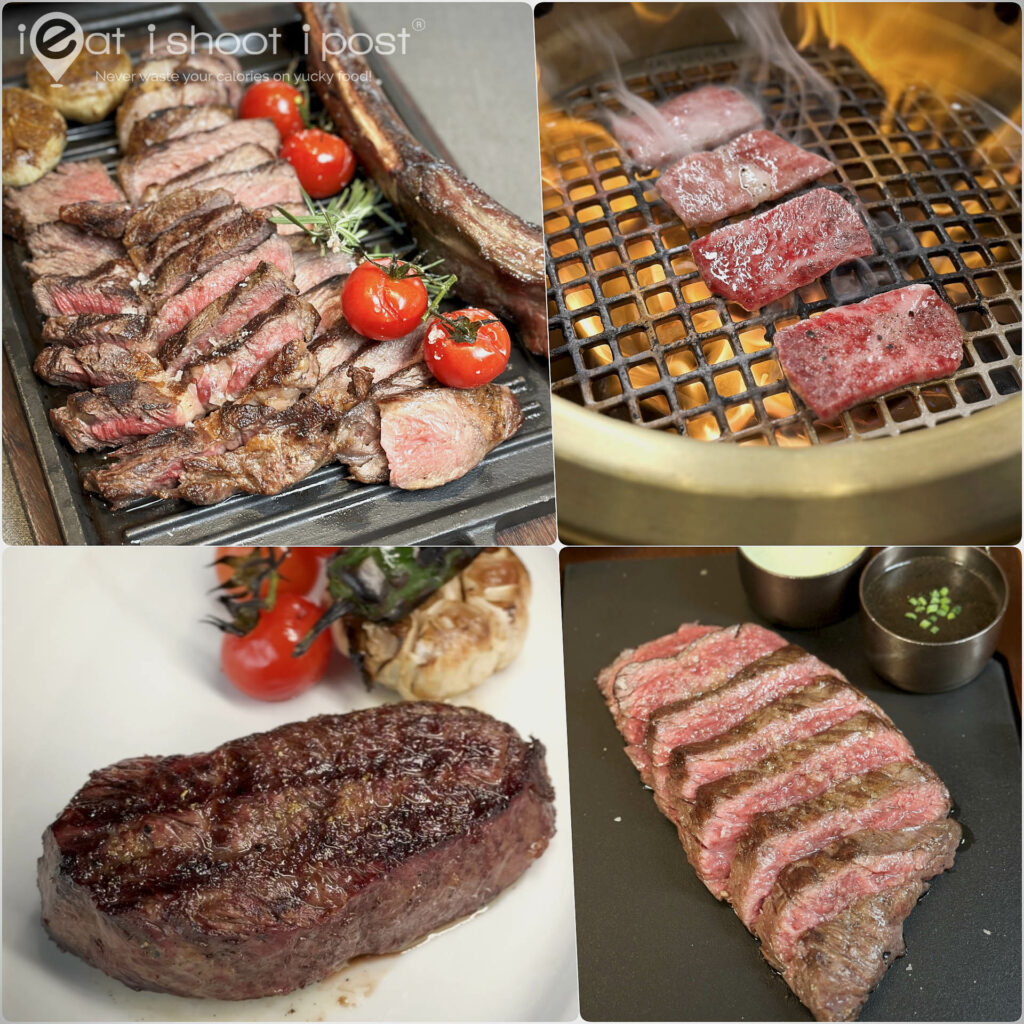
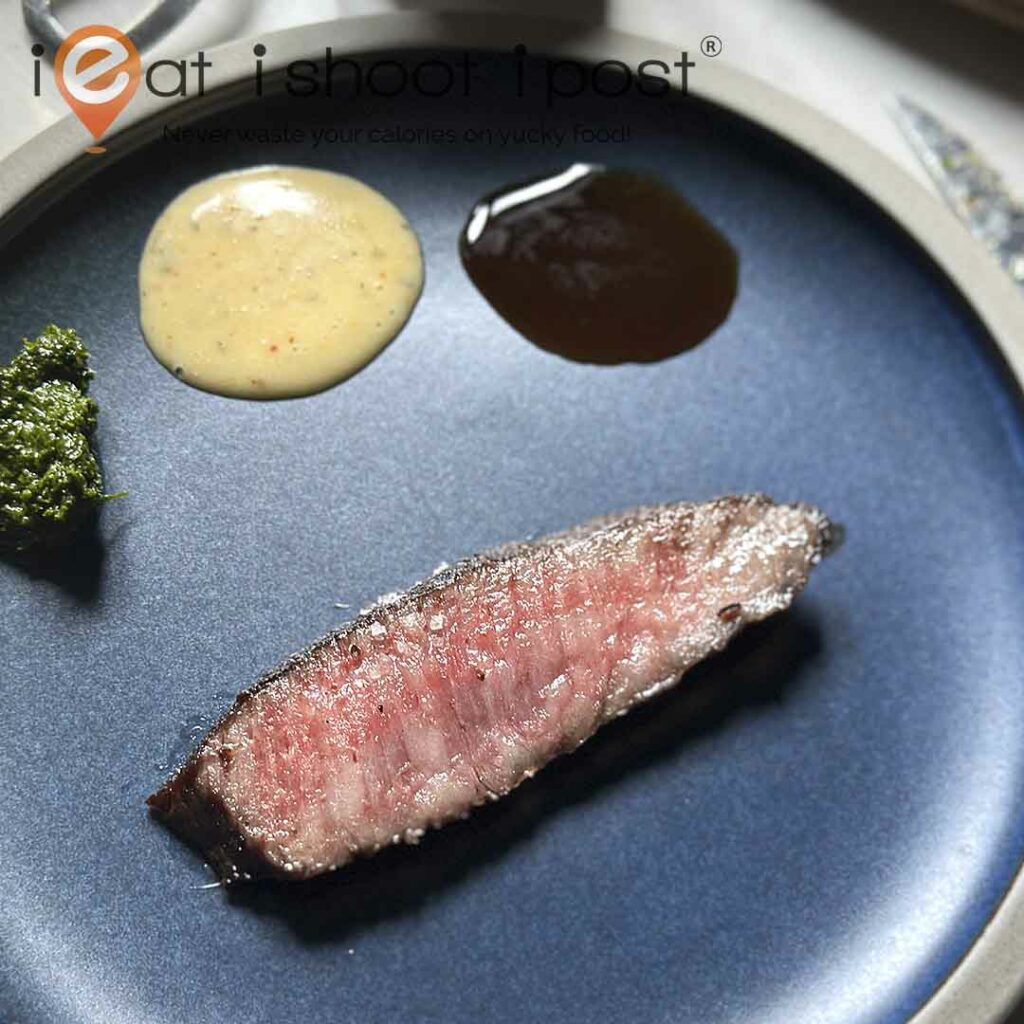
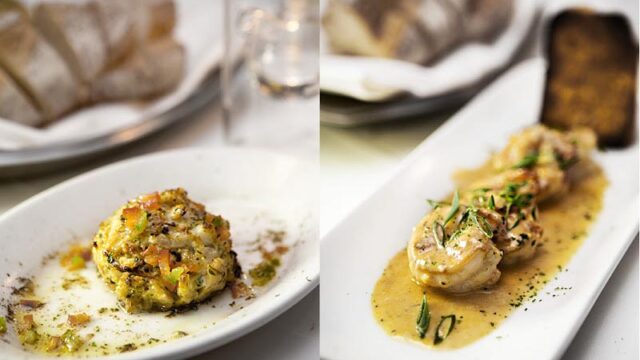




Hi doc, can I ask where did you get your sous vide machine from?